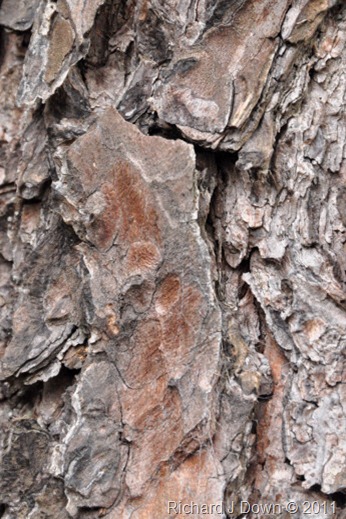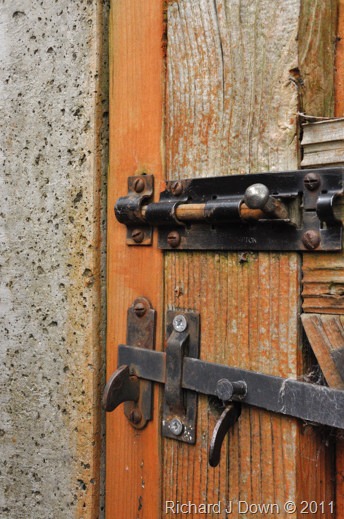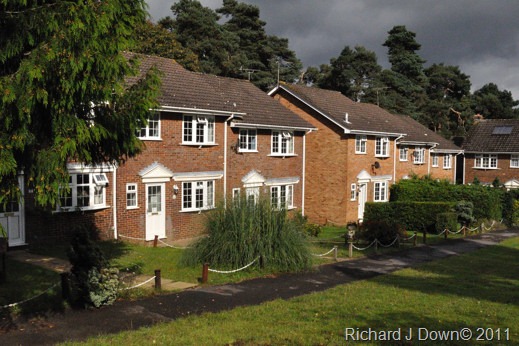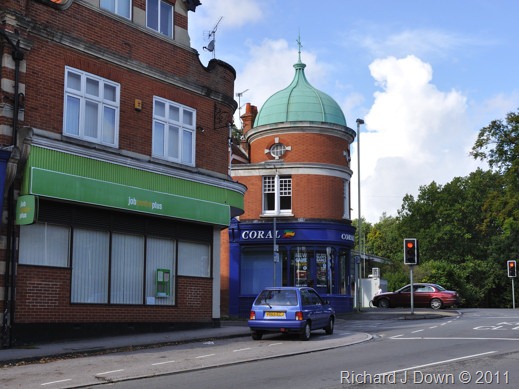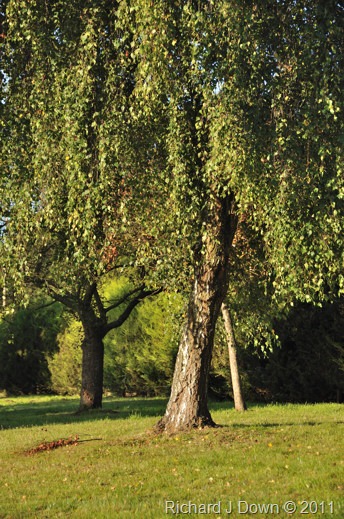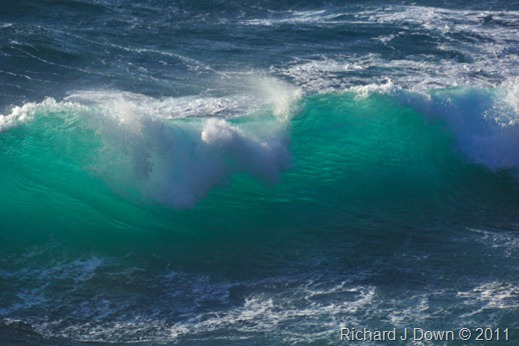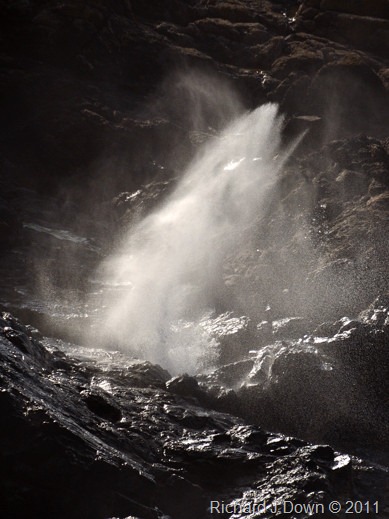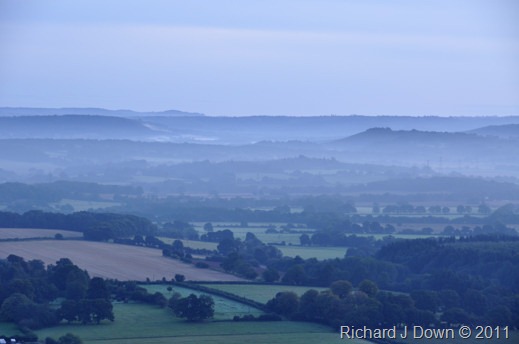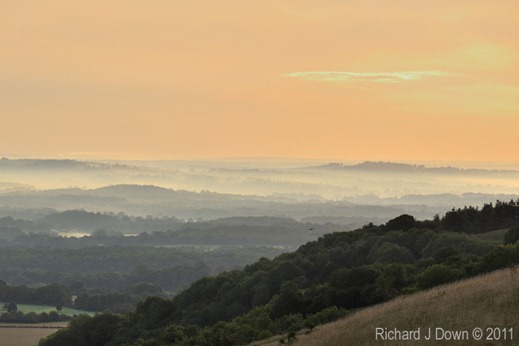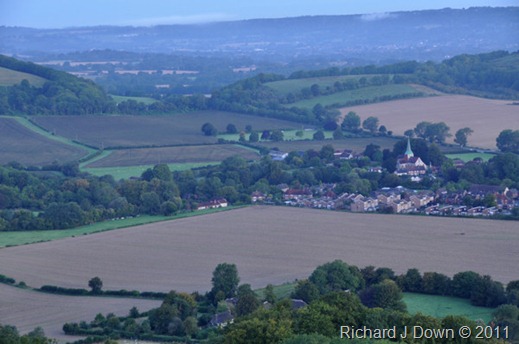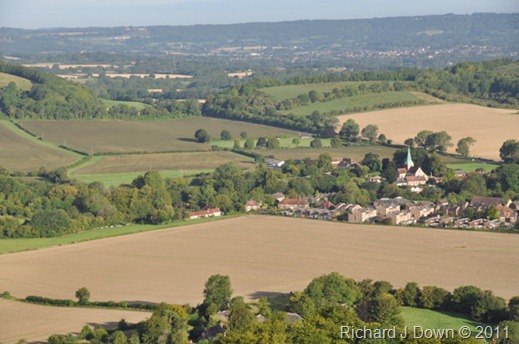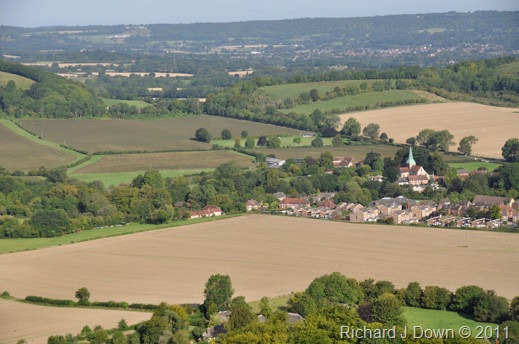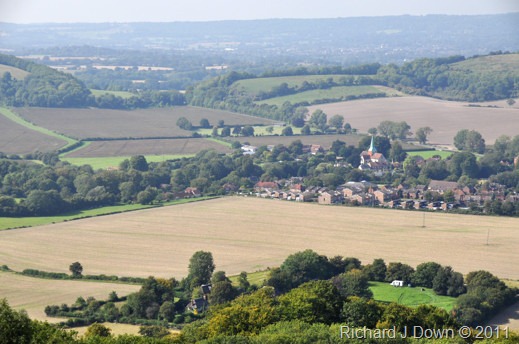Part 3: Rain
This part of the exercise was to produce photographs of rain, or the effects of rain, in dull light. Here are my first efforts:
| 7527: 1/350s f5.6 ISO 3200 200mm |
 |
| 7540: 1/250s f5.6 ISO 3200 200mm |
 |
| 7580: 1/60s f5.6 ISO 200 200mm |
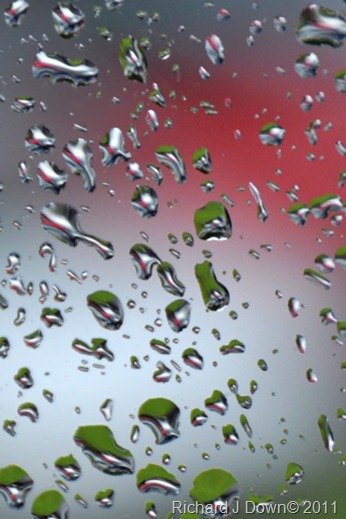 |
The first two were taken outside in heavy rain but the third was taken from inside through the window. I have cropped down a detail from a larger frame. The silver and red is from cars parked outside and the green from the garden. I used the long end of my zoom lens. I just wonder what effects I could have recorded with a macro lens. A future project perhaps.
I was hoping to produce a wider variety of images for this section and if the opportunity arises, I may well add more to this page.
Conclusion: From this exercise I have learned that there are more opportunities to make photographs outdoors in the rain that I had realised. I am going off to Cornwall on holiday this week. I hope I don’t have too many chances to experiment!
Supplementary Images: These were made on a wet day in Cornwall as an attempt to see what could be achieved in such circumstances. I have enhanced the two landscapes to introduce a little colour and contrast. The spider’s web is more or less as shot. It is a shame that in order to include the spider I had to photograph against the light which has diminished the effect of the light on the raindrops. I have included another image without a spider to show the difference.
7856: 1/200s f5.3 120mm ISO800
7854: 1/80s f5.3 105mm ISO800
7858: 1/800s f7.1 130mm ISO800
7861: 1/640s f5.6 200mm ISO800





